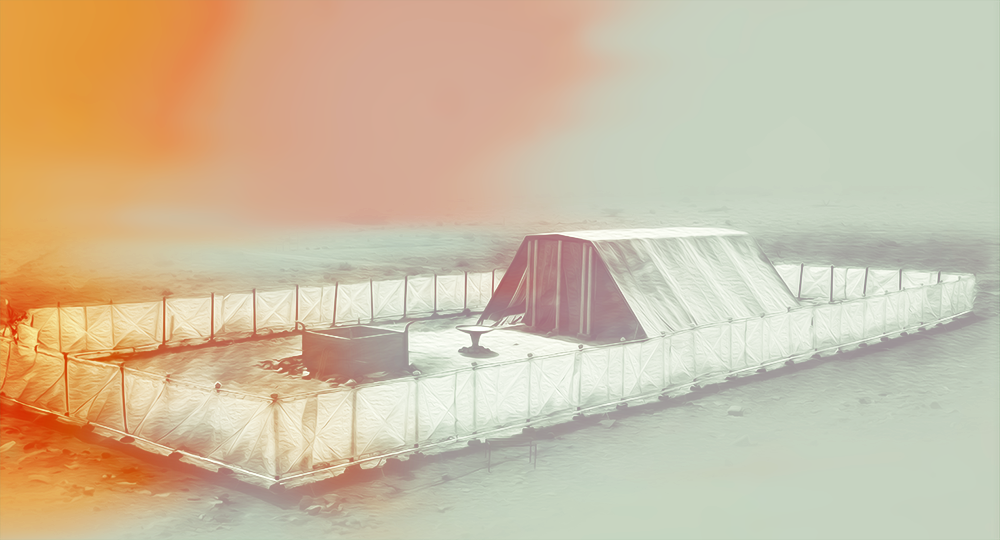


Each December, I begin formulating a plan to read my Bible for the following year. In past years, I jumped into Genesis feeling energized...
In June, I returned from ministering in Colorado on a red-eye flight, scheduled to arrive in Philadelphia, Pennsylvania...
I’m sure he meant well, but the president of the United States was not supposed to kiss the Queen Mother of the United Kingdom...
What an experience it must have been. For 400 years, the Israelites lived in Egypt, a land whose gods were as numerous as the...
God’s revelation concerning the Israelites’ Tabernacle covers 50 chapters in the Old Testament, while His revelation about the creation of the world...
God chose Israel to be a holy nation. He told the Israelites, “You shall be holy to Me, for I the LORD am holy...